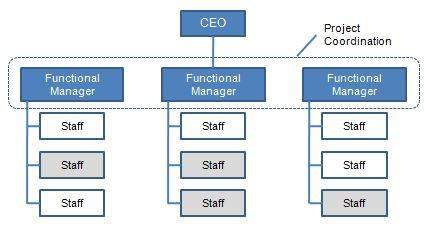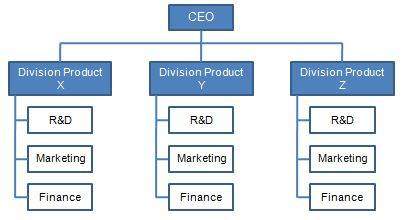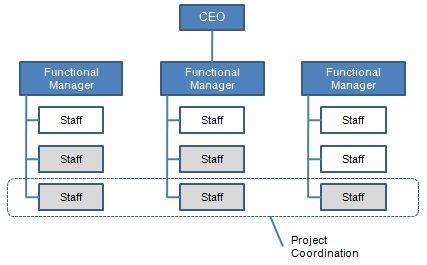Any operating organization should have its own structure in order to operate efficiently. For an organization, the organizational structure is a hierarchy of people and its functions.
The organizational structure of an organization tells you the character of an organization and the values it believes in. Therefore, when you do business with an organization or getting into a new job in an organization, it is always a great idea to get to know and understand their organizational structure.
Depending on the organizational values and the nature of the business, organizations tend to adopt one of the following structures for management purposes.
Although the organization follows a particular structure, there can be departments and teams following some other organizational structure in exceptional cases.
Sometimes, some organizations may follow a combination of the following organizational structures as well.
Functional Structure
The organization is divided into segments based on the functions when managing. This allows the organization to enhance the efficiencies of these functional groups. As an example, take a software company.
Software engineers will only staff the entire software development department. This way, management of this functional group becomes easy and effective.
Functional structures appear to be successful in large organization that produces high volumes of products at low costs. The low cost can be achieved by such companies due to the efficiencies within functional groups.
In addition to such advantages, there can be disadvantage from an organizational perspective if the communication between the functional groups is not effective. In this case, organization may find it difficult to achieve some organizational objectives at the end.

Divisional Structure
These types of organizations divide the functional areas of the organization to divisions. Each division is equipped with its own resources in order to function independently. There can be many bases to define divisions.
Divisions can be defined based on the geographical basis, products/services basis, or any other measurement.
As an example, take a company such as General Electrics. It can have microwave division, turbine division, etc., and these divisions have their own marketing teams, finance teams, etc. In that sense, each division can be considered as a micro-company with the main organization.

Matrix Structure
When it comes to matrix structure, the organization places the employees based on the function and the product.
The matrix structure gives the best of the both worlds of functional and divisional structures.
In this type of an organization, the company uses teams to complete tasks. The teams are formed based on the functions they belong to (ex: software engineers) and product they are involved in (ex: Project A).
This way, there are many teams in this organization such as software engineers of project A, software engineers of project B, QA engineers of project A, etc.

In the end, every organization needs a structure in order to operate systematically. The organizational structures can be used by any organization if the structure fits into the nature and the maturity of the organization.




